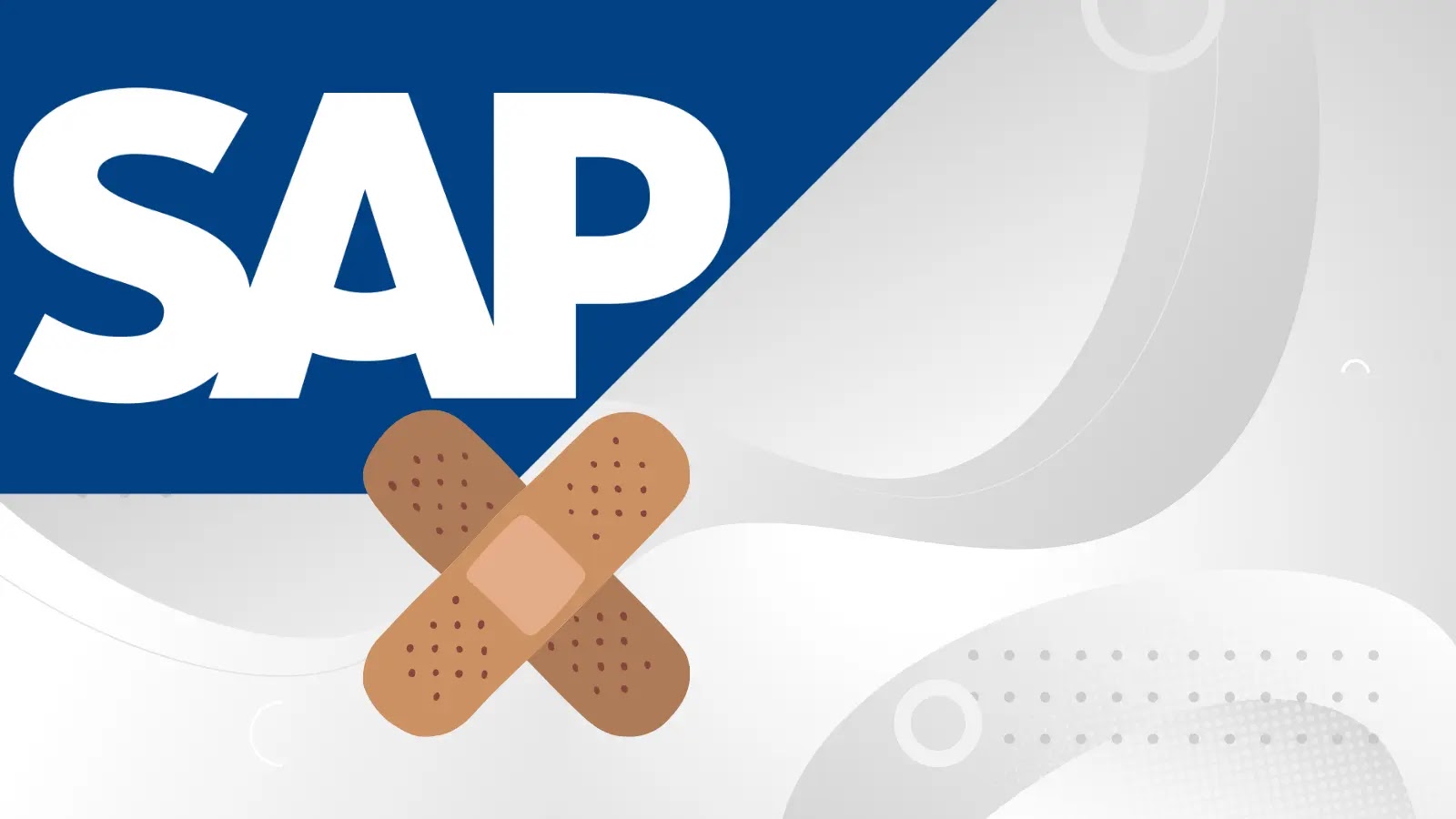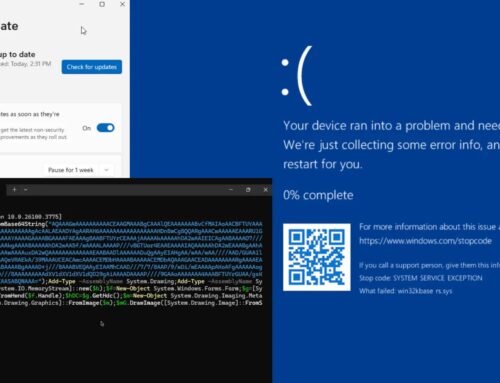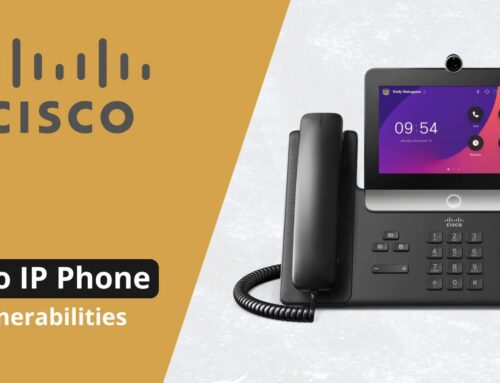
New SAP NetWeaver Vulnerabilities Allow Attackers to Bypass Authorization and Execute OS Commands
Unmasking Critical SAP NetWeaver Vulnerabilities: A Deep Dive into Authorization Bypass and OS Command Execution
The digital landscape for enterprises often hinges on robust, reliable platforms, and SAP NetWeaver stands as a cornerstone for many. However, recent disclosures from SAP’s October 2025 Security Patch Day have cast a critical spotlight on significant vulnerabilities within this very foundation. These newly patched flaws, alongside updates to existing security notes, reveal a concerning pathway for attackers to bypass authorization controls and even execute arbitrary operating system commands on affected systems. For any organization running SAP NetWeaver, understanding these risks – and crucially, addressing them – is paramount to maintaining a secure operational environment.
Understanding the Threat: Authorization Bypass and OS Command Execution
The ability for an unauthorized individual to circumvent security measures and then execute commands directly on a server represents a grave threat. In the context of the newly identified SAP NetWeaver vulnerabilities, this isn’t merely theoretical; it’s a demonstrated risk. Such capabilities could lead to complete system compromise, data exfiltration, service disruption, or even the establishment of long-term persistence within an organization’s critical infrastructure.
One of the most alarming vulnerabilities identified is CVE-2025-42944. This flaw, categorized as an insecure deserialization issue, specifically impacts the Remote Method Invocation over the Internet Inter-Orb Protocol (RMI-P4) module within SAP NetWeaver AS Java. Insecure deserialization vulnerabilities arise when user-controlled data is deserialized without sufficient validation, allowing attackers to inject malicious objects that can then be executed by the application. In this instance, it grants attackers a direct route to arbitrary OS command execution.
SAP NetWeaver RMI-P4 and Insecure Deserialization (CVE-2025-42944)
The RMI-P4 module plays a vital role in enabling communication between different components of an SAP system, particularly within the Java Application Server (AS Java). Its purpose is to facilitate distributed object communication, allowing applications to invoke methods on objects residing in other Java Virtual Machines (JVMs). The presence of an insecure deserialization vulnerability within such a core communication mechanism is particularly dangerous. An attacker exploiting CVE-2025-42944 could construct a specially crafted serialized object, which, when processed by the vulnerable RMI-P4 module, could trigger arbitrary code execution. This effectively hands over control of the underlying operating system to the attacker, bypassing all standard authorization checks.
Broader Implications of SAP NetWeaver Flaws
While CVE-2025-42944 stands out due to its critical nature, it is important to remember that SAP’s October Patch Day addressed a total of 13 new vulnerabilities and updated four prior notes. This indicates a broader pattern of potential weaknesses that, if left unaddressed, could cumulatively weaken the security posture of SAP NetWeaver deployments. Organizations must not only focus on the most critical CVEs but also adopt a holistic approach to patching and security maintenance across their entire SAP landscape.
Remediation Actions
Addressing these critical SAP NetWeaver vulnerabilities requires immediate and decisive action. Organizations should prioritize the following steps:
- Apply SAP Security Patches Immediately: The most crucial step is to apply all relevant security patches released by SAP during their October 2025 Security Patch Day. These patches specifically address the identified vulnerabilities, including CVE-2025-42944. Regularly review and implement SAP’s security notes and updates.
- System Hardening: Beyond patching, review and strengthen the security configuration of your SAP NetWeaver AS Java systems. This includes ensuring proper network segmentation, restricting access to critical services like RMI-P4 to only trusted entities, and implementing least privilege principles.
- Monitor for Malicious Activity: Enhance monitoring capabilities for your SAP systems. Look for anomalous login attempts, unexpected process executions, unusual network traffic patterns originating from or destined for SAP systems, and any changes to critical system files.
- Regular Security Audits: Conduct regular security audits and penetration testing specifically targeting your SAP NetWeaver deployments. These assessments can help identify misconfigurations or remaining vulnerabilities that automated tools might miss.
- Employee Training: Ensure that IT and security teams are well-versed in SAP security best practices and are aware of the latest threats targeting SAP environments.
Tools for Detection and Mitigation
Leveraging appropriate tools is essential for effectively managing and securing SAP environments. Here are some relevant categories and examples:
| Tool Name | Purpose | Link |
|---|---|---|
| SAP Solution Manager | Centralized platform for managing SAP systems, including patch management, monitoring, and security administration. | https://support.sap.com/en/alm/solution-manager.html |
| SAP Enterprise Threat Detection (ETD) | Real-time security intelligence and anomaly detection for SAP systems, helping identify active attacks and suspicious behavior. | https://www.sap.com/products/security/enterprise-threat-detection.html |
| SAP Security Notes and Patches | Official SAP advisories and fixes for security vulnerabilities. Crucial for direct remediation. | https://launchpad.support.sap.com/#/notes/search |
| Vulnerability Scanners (e.g., SAST/DAST) | While not SAP-specific, general application security testing tools can help identify insecure coding practices or misconfigurations. | (Varies by vendor; e.g., Fortify, Checkmarx for SAST) |
Conclusion
The recently disclosed SAP NetWeaver vulnerabilities, particularly CVE-2025-42944, underscore the continuous imperative for vigilance in enterprise security. The ability for attackers to bypass authorization and execute arbitrary OS commands on critical SAP systems represents a significant risk to data integrity, confidentiality, and operational continuity. Prompt application of SAP security patches, coupled with robust security hardening and continuous monitoring, forms the bedrock of a resilient defense strategy. Organizations must act swiftly to comprehend and mitigate these threats, safeguarding their foundational business applications against evolving cyber risks.





